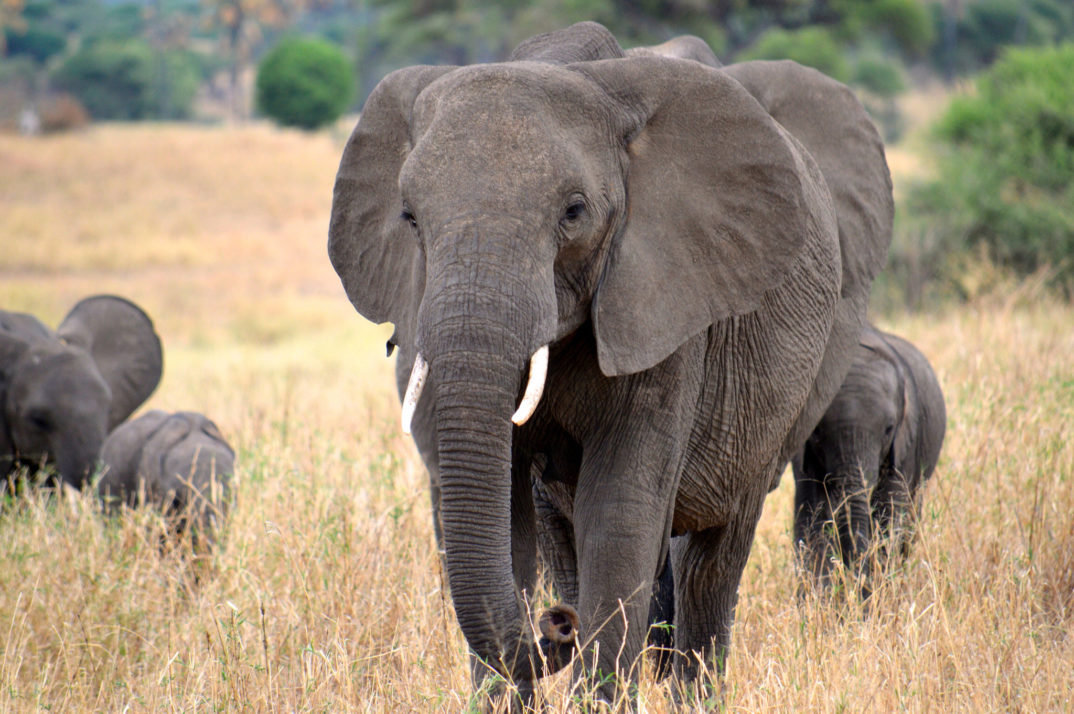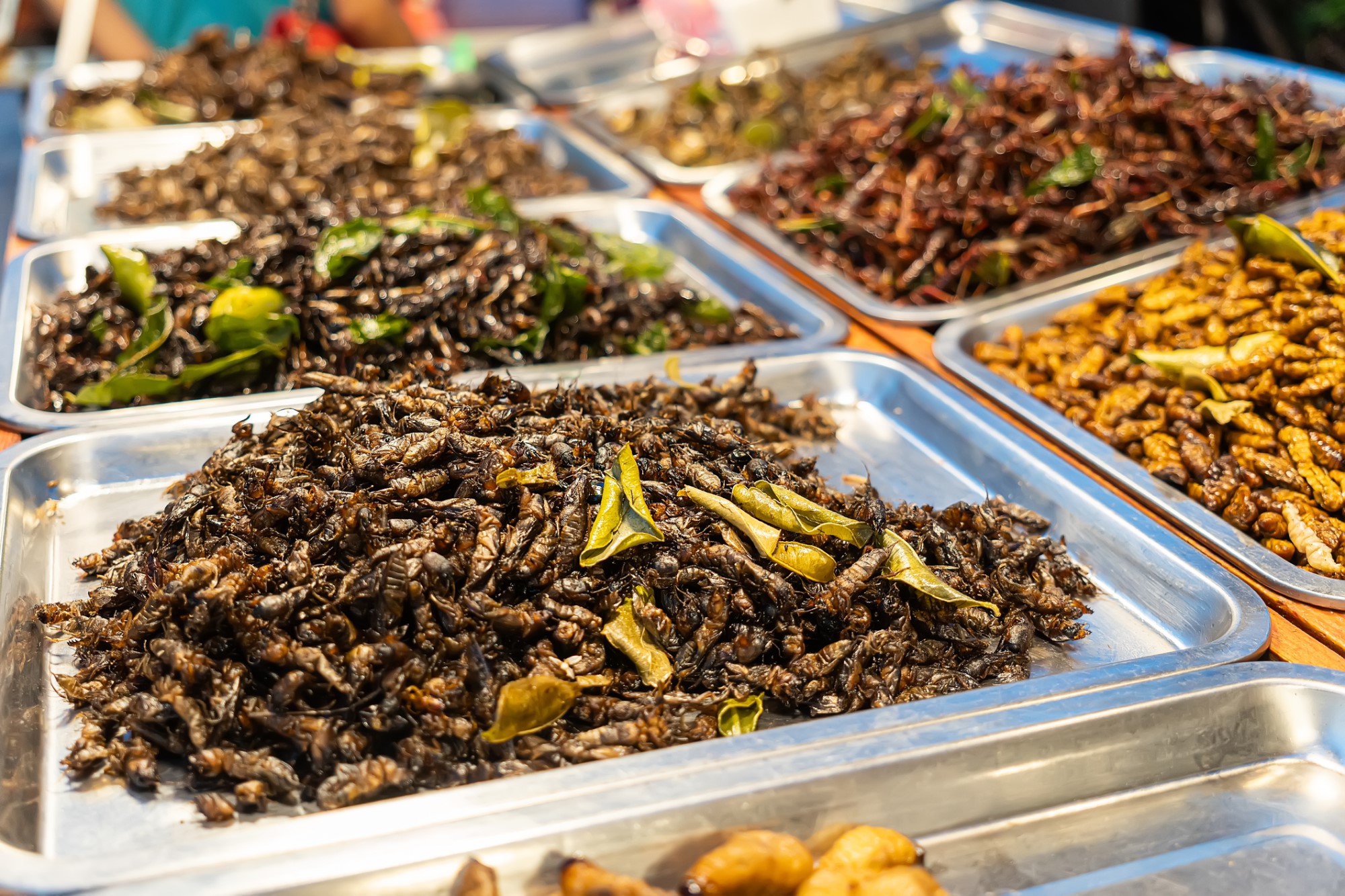The Ivory Trade: Ban or Regulate?
The United Nations’ Convention on International Trade and Endangered Species (CITES) will begin on September 24th in Johannesburg, South Africa. The hot topic at the convention will be lifting the ban on the ivory trade that was imposed in 1989. Botswana has been the most recent country to speak out against the ban and to side with fellow African countries, such as Kenya and Tanzania. Botswana carries heavy influence in the decision because it is home to the world’s largest population of elephants. Along with South Africa, Namibia and Zimbabwe are some of the larger players in the African ring to support lifting the ban. They are in favor of the economic benefits that come with sales of this natural resource. They will offer a proposal at the conference to lift the ban on the sale of legal ivory. China and Japan also play a large role because of the sheer amount of ivory that finds its way into their borders.
The anti-ban side, led by South Africa, Namibia and Zimbabwe, believe that lifting the ban will allow them to sell legal ivory from elephants that died of natural causes. A Yale Environment 360 series sheds light on both sides of the argument. John Frederick Walker backs the anti-ban side, while Mary Rice supports imposing a complete ban on the trade of ivory.
Walker’s argument references many of the key points put forward by the anti-ban bloc. By lifting the ban and allowing for the legal trade of ivory from elephants that have died from natural causes, the belief is that it will suppress the market for illegal ivory and “choke off its demand.” If legal ivory is banned from sales, this drives down the black market’s sale of illegal ivory and contributes further to the poaching strategies that have decimated elephant populations in the past decade. There is an acceptance that demonizing the use of ivory in products or destroying stockpiles of ivory in countries like the United States and within the European Union would be heavily ineffective. Allowing the sale of stockpiled ivory, which is found naturally and is not a result of killing elephant populations, should be legalized as they are a natural resource of the host countries. Ivory coming from natural causes is considered legal by CITES, although the sale of it is illegal due to the amount of signatories on the ivory ban.
This faction believes that the host countries have the ability to track elephants and the transportation of ivory through regulatory processes and DNA tracking. By doing so, the trade of illegal ivory should be driven downwards as governments will be able to better distinguish legal and illegal ivory, assuming domestic policy in the receiver states is strong. A hefty tax on the sale of ivory could also be put towards conservation methods within the countries that sold the ivory, further benefitting the local communities. By allowing a free trade flow of ivory from the African host countries to China and Japan, the benefits for a black market auction of this resource will curve and act as a deterrent for local poachers and groups to continue their illegal practices.
On the other hand, Rice offers a counterargument to Walker’s evaluation. Rice argues that this would not occur, as is the case in the tobacco, alcohol, and firearm black markets around the world, despite relatively lax domestic regulations. To really expect a responsible free trade on ivory that does not harm elephant populations inherently implies that we live in a world “devoid of corruption and greed,” which we know is not the case. Lifting the ban would also return the legal trade market to its similar position some four decades ago that almost led to the extinction of current elephant populations. The full ban imposed in 1989 was successful and upheld for a decade, until appeasement-type practices were used to try to spark a legal trade of ivory similar to what is now being proposed. This led to greater degrees of poaching that reduced the elephant populations significantly in the past decade, as the lines of the legality of poaching were skewed and caused confusion among actors across the trade.
In 2008, a similar sale was made of stockpiled ivory to China, in which they persuaded the international community that they would be able to regulate effectively and efficiently. China insisted they had a registration system that ensured that all ivory entering their borders would be legally sold and harvested. China advocated for the idea that diluting the market with legal, cheap ivory would push poachers out led to the 2008 sale. Obviously, this was not the case. Stockpiled ivory that originally sold for anywhere between $450 and $1,500 per kilogram ended up selling at registered retailers at about $7,000 per kilogram. A 2011 survey conducted by Rhino Resource Center found that 61% of the retail ivory in Guangzhou (a port city in China) was illegal, while 39% was legal based on the ID registration system that China claimed to be strong and dependable. This finding disputes the idea that current regulatory measures would be effective in maintaining a legal market.
Finally, recent surveys have found that about 95% of the African Elephant population has been poached in the past century. Between 2007 and 2014, poachers killed an estimated 30,000 elephants, reducing the population to 300,000. Elephant populations also reproduce much slower than most animals and their recovery period is expanded due to this. Because of their prolonged reproductive period, elephant populations cannot support a robust global trade of ivory. This makes any chance of creating a sustainable system of harvesting the ivory slim.
The moral dilemma still remains, though. Do countries maintaining legal stockpiles of ivory have to be subjugated to rules that limit their legal sale? Any solution is debatable and time will tell which direction the international community will proceed.





